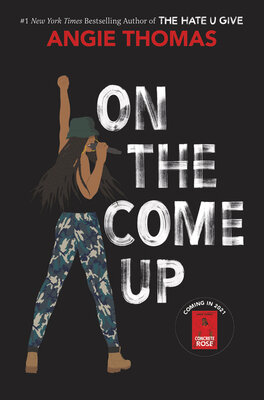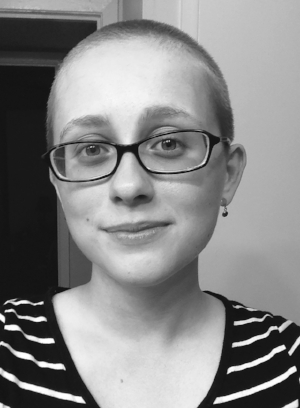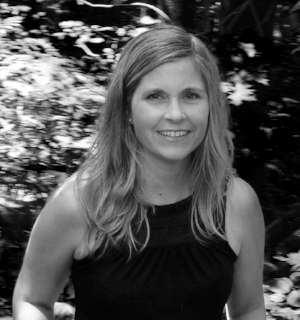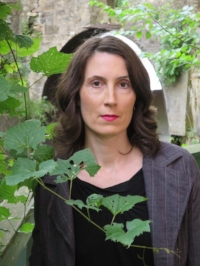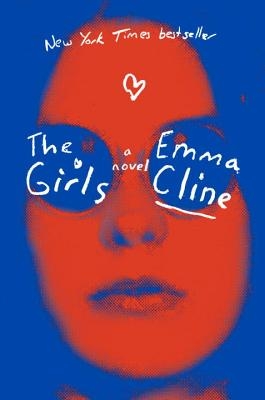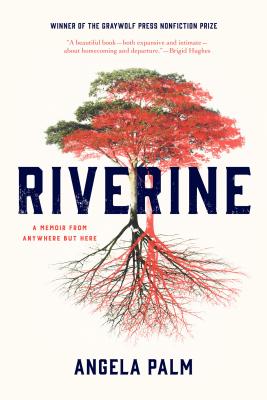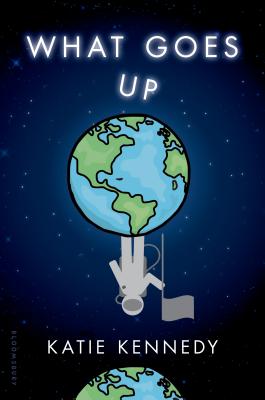JK: What Tillie said! I think our strengths complemented each other quite well, especially during feedback time. Tillie offers really helpful suggestions on approaching art and panel set up, and I help more with plot, world building, character development, and things like that. I don't really have the technical vocabulary for comics (yet), but I can critique how effectively the art tells a story, and it works out in a really interesting way.
—
LN: Some people don't take graphic novels or comics seriously, but some of the most moving books we've read are graphic novels, including books like Maus and Fun Home. What's special about the graphic novel format in terms of how it can address difficult themes?
TW: I think graphic novels can address difficult themes precisely because they are visual. They really create quite a sense of empathy. Readers can really identify with the story because it's playing out right in front of them. People who don't take comics seriously are very much behind the curve.
JK: And they are missing out on some of the most gorgeous stories (not just visually) of our time. We need to stop thinking about word-count and grade levels when we recommend books to students and think more about well-told, powerful stories, whatever the format. I don't know why so many adults seem to stop valuing art in literature when their kids stop reading picture books.
—
LN: What are your favorite graphic novels?
TW: I love This One Summer by Mariko and Jillian Tamaki, and I also love Stitches by David Small. Those are two of my favorites! Oh, also Buddha by Osamu Tezuka. So so good.
JK: Tillie took my favorites! But I'll add El Deafo by Cece Bell, and anything by Gene Luen-Yang. Of course, I also love Tillie's Spinning!
—
LN: Are you working on any new writing projects now?
TW: I'm working on a book that I can't talk about yet, BUT, I have a new book coming out this fall. It's the print edition of my LGBT space-themed webcomic, On a Sunbeam.
JK: I have a new middle grade novel coming out next year with Candlewick Press called Where the Heart Is, which I'm very excited about. I'm currently playing around with a picture book idea (a first for me!) as well as a younger middle grade novel that features the young sister of the main character in Where The Heart Is. Both projects feel super new, so I don't have too much to say about them yet.
—
LN: What was the most memorable thing you read in the last month?
TW: I recently reread Tuck Everlasting, by Natalie Babbit, which I loved as a kid, and it just captivated me all over again. It's such a beautiful work, and completely memorable.
JK: A friend of mine sent me a Valentine with the poem "Song of the Builders," by Mary Oliver tucked inside. I put it on our refrigerator and have been reading it practically every day. But now I want to go get my very worn, very well-read copy of Tuck Everlasting and read that. Thanks for the reminder, Tillie!
